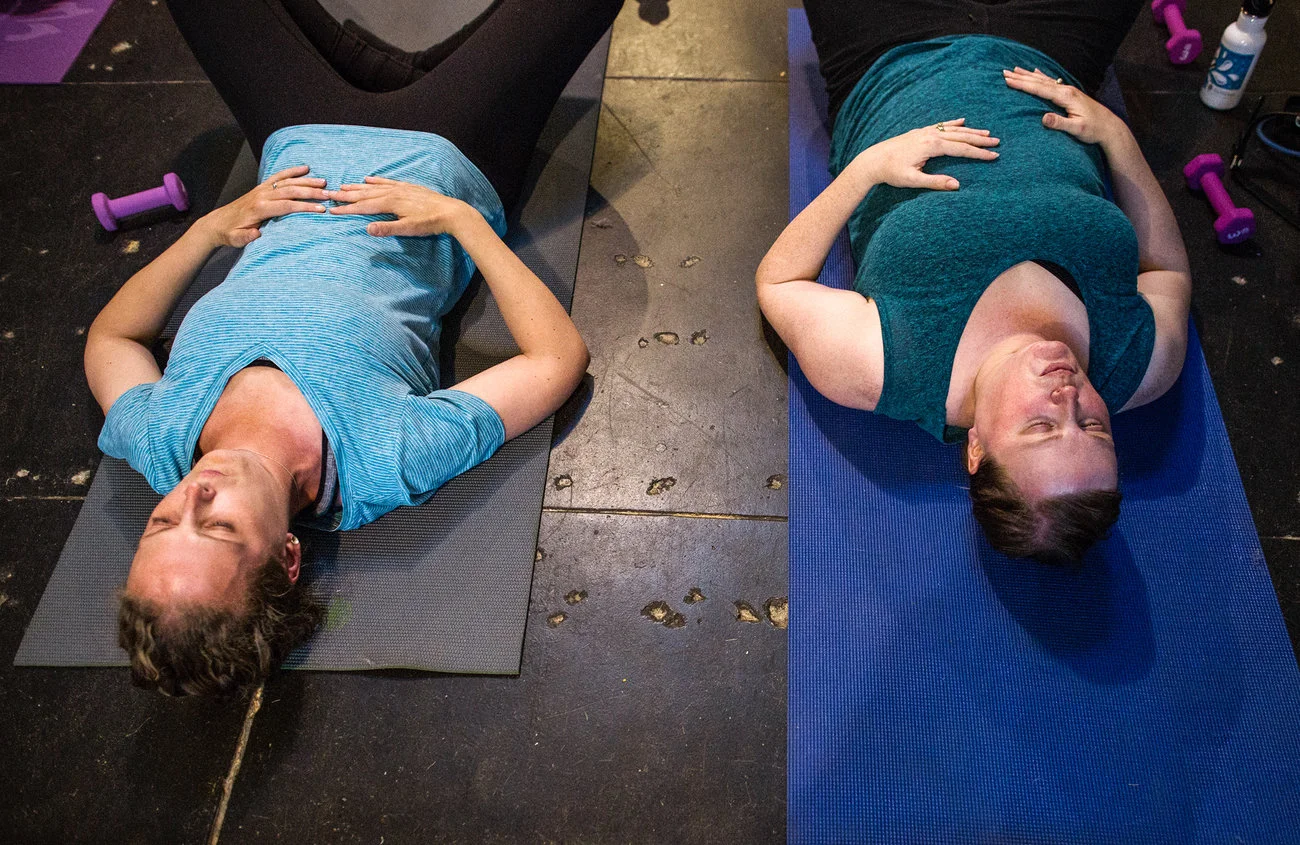The recent article by NPR, Flattening The 'Mummy Tummy' With 1 Exercise, 10 Minutes A Day, starts off with a sensational, grabbing title. A click bait title that we wouldn't expect from a trusted news source like NPR. But it certainly got your attention, especially if you recently had a baby and now are feeling a little weak around the core. And since this is NPR this should be safer than something random you pull off the internet, right? Well, yes and no.
What I like about this article is that they do address what a “mummy tummy” is and that it can happen to a significant number of women. Many women have no idea why their stomach hasn’t gone back to its previous appearance despite numerous attempts to strengthen the core. (If you are unsure what diastasis recti is, read: Diastasis Recti What???) Many of those core strengthening exercises may actually have made the diastasis worse.
The thing that I have a hard time getting behind with this article is women doing this “new” exercise without being assessed by a musculoskeletal expert: your physical therapist. Despite the claims of this article, abdominal bracing is not a new technique. Physical therapists have been using it for a long time to treat a variety of issues. But if you have not disclosed all of your issues, abdominal bracing can make certain conditions worse. You wouldn’t think to go to this exercise class and let the instructor know that you also have urinary leakage. Your physical therapist would know to ask this to prevent you from worsening it with intense bracing. When we treat the core, we need to treat the entire core: the abdominals, the pelvic floor, the diaphragm and the small muscles of the back. This exercise plan only address one side and could increase pressure on other, weaker, areas.
If you know or suspect you have a diastasis recti, please see a physical therapist to create an exercise plan that is specific to your own recovery. And it may look similar to this exercise plan but more importantly, it’s created just for you and your needs.
